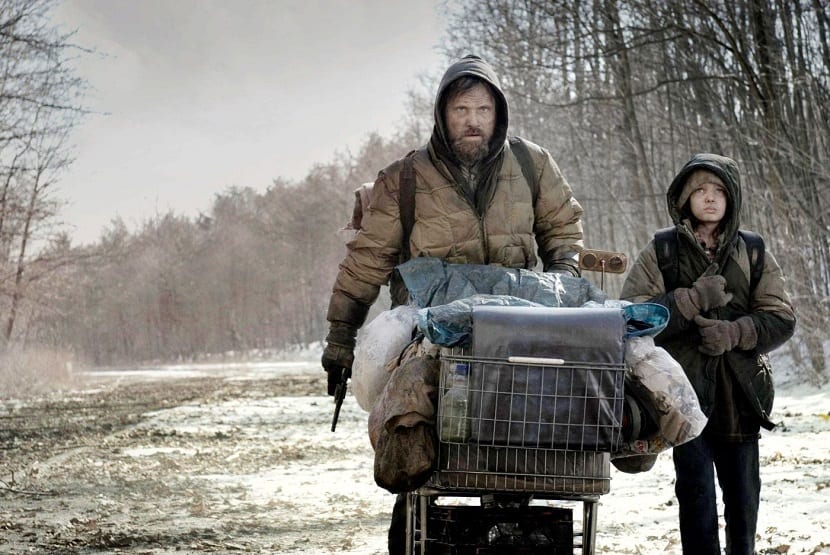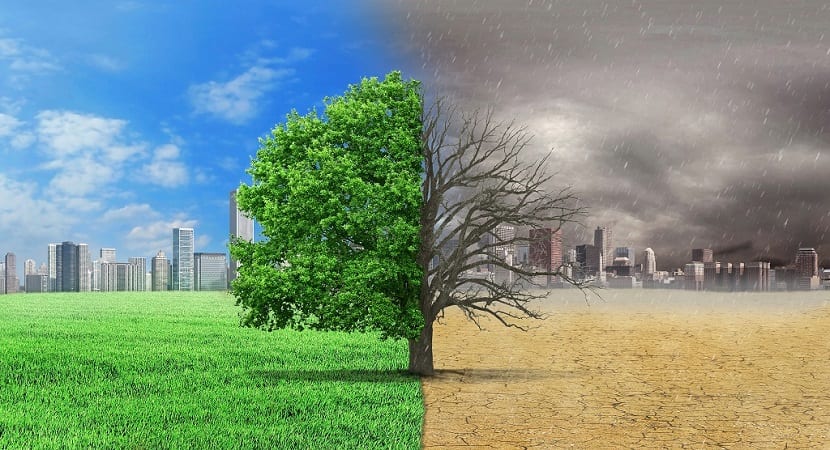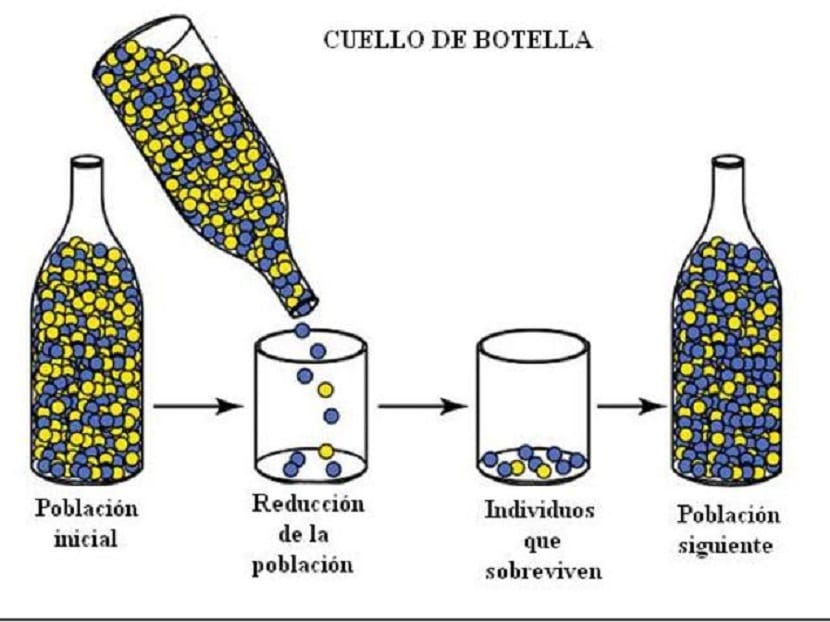
Excerpt from the movie «The Road»
We may have mentioned the term "nuclear winter" at some time, as a consequence of some serious event or meteorological phenomenon. For example, what is anticipated could happen if the Campi Flegrei supervolcano. That sudden cooling that the planet would suffer would have great similarities to a nuclear winter. But what is it really?
This type of winter is the concept that includes the resulting climatic period that would remain after a nuclear war. The consequences would be so dramatic that a phenomenon called a "bottleneck" would arise. Roughly it is the rapid disappearance of total or partial parts of a species or population. This event results in what is called "genetic drift" which also, counterintuitively, encourages the evolution of species. It is an outcome as a chain reaction from which no species would be saved, and which even humans have had to go through in their history.
The consequences of the nuclear winter

In short, a nuclear winter is the climatic phenomenon resulting from the indiscriminate use of nuclear bombs. That global cooling would come from the enormous clouds of dust that would rise to the stratosphere. This area, located between 10 and 50 km high, would fill up with the material that would prevent the passage of sunlight. Not only in a war with atomic bombs, it follows that a supervolcano would also have the same effect due to the enormous columns of material emitted towards the high altitudes.
Unlike the ordinary winter that we can know, this would cause a reduction in the entry of sunlight. For living beings that carry out photosynthesis, it would mean the total or partial death of the species. Another thing that could not be anticipated is that, although it is known that its effects would be devastating, that cloud of dust could stay in heaven for many months. How many more, more damage to ecosystems. From the death of the plants, it would come after itself, a wave of extinction following the food chain. After the plants, the herbivores would come, and after them the carnivores. It is possible that depending on the magnitude and the area, the unbreathable air itself caused animals to die instantly in regions. According to some theories, this phenomenon has also been used as an explanation for the extinction of the dinosaurs by a meteorite that caused similar effects.
How does a bottleneck occur?

The "bottleneck" is a term used in biology to refer to past times where, from a series of events, the populations of species have been greatly reduced in number and even reaching extinction. The reasons have tended to be almost always accompanied by great cataclysms. So when before we had a large population number with great genetic variability, now it is small and of little variability.
All this leads to the deduction that the least variability leads to a genetic drift, due to speciation and adaptive evolution. In each of the recorded eras, it has been so. The survivors of these cataclysms, such as nuclear winters, accelerate their genetic drift and evolution, thus producing new types of species. The majority genetic traits (or the strongest) tend to stabilize and continue, and the weaker or minority ones to become extinct.
When did humans experience it?

75.000 years ago. Known as the Toba catastrophe, this supervolcano found in Indonesia erupted. It is currently a lake due to the large crater. It is estimated that the human species was reduced to a few thousand people. In addition, a variable decline in other species coincides in the same period.
Although we have talked about volcanoes, because of their relationship with nuclear winters, the bottlenecks are very different. That is, they could not only range from climatic effects, but to plagues or epidemics. An example, the black plague that was lived in Middle Europe. Or more, like an eruption, more famine and diseases as it happened in Iceland in by the eruption of Lake in 1783.